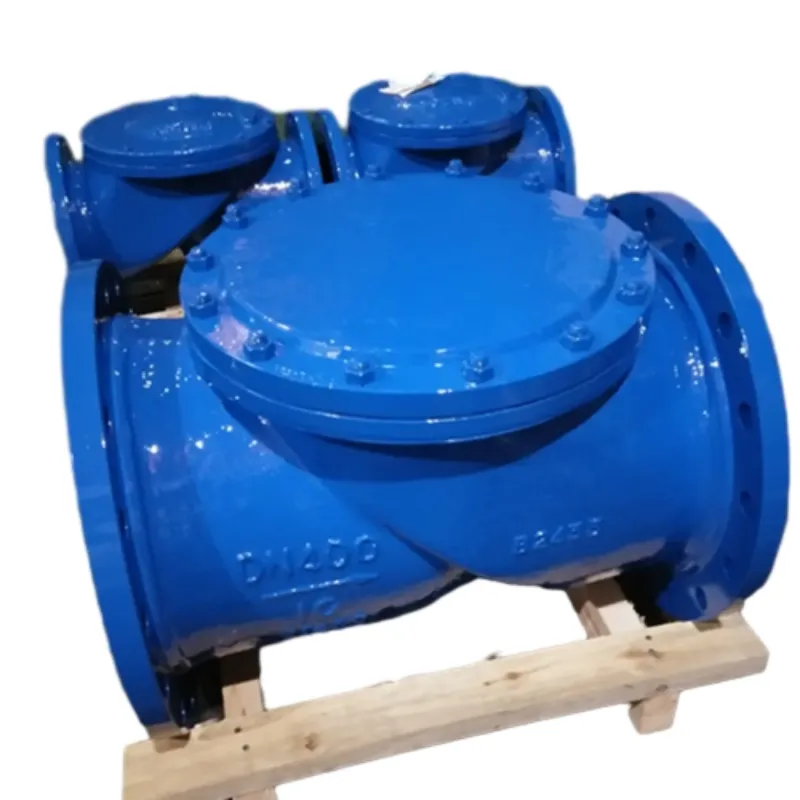Okt . 13, 2024 07:36 Back to list
water hose check valve
Understanding Water Hose Check Valves A Comprehensive Guide
Water hose check valves are an essential component for anyone who frequently utilizes a garden hose or irrigation system. These simple yet crucial devices prevent backflow, ensuring that the water moves in the desired direction without any contamination occurring from potential back siphoning. In this guide, we will delve into the importance, functionality, installation, and maintenance of water hose check valves.
Importance of Check Valves
Check valves serve the purpose of maintaining water flow direction, which is particularly significant in garden maintenance and irrigation systems. Without these valves, water could flow back into the hose system after the water source is turned off. This backflow could draw contaminants from the ground or standing water into the fresh water supply, creating a health hazard. This is especially important in scenarios where fertilizers or pesticides are used, as these substances can lead to contamination of drinking water sources.
How Check Valves Function
The working principle of a check valve is quite straightforward. It consists of a valve body and a movable gate or disc. Under normal circumstances, when the water flows in the correct direction, the pressure forces the valve open, allowing water to pass through. However, when the water flow reverses or decreases below a certain pressure, the gate closes, effectively blocking any backflow.
Some check valves operate using a spring mechanism, which applies additional pressure to ensure that the valve remains closed when not in use. This added focus on reliability ensures that your irrigation setup remains free from any unwanted contaminants.
Types Of Water Hose Check Valves
When selecting a check valve for your water hose, it is essential to choose one that fits your specific needs. There are various types of check valves available
1. Inline Check Valves These are installed directly within the hose line. They’re common in irrigation systems, and they allow for unobstructed water flow while preventing backflow.
2. Anti-Siphon Valves These valves are critical for preventing siphoning of water back into the supply line. They are often utilized in systems designed for use with fertilizers and other additives to ensure that these chemicals do not contaminate the water supply.
3. Barb Check Valves These valves have barbed ends that can easily be attached to standard garden hoses. They’re convenient for quick installations and provide reliable backflow prevention.
water hose check valve

Installation Process
Installing a water hose check valve is a simple process that can typically be completed within minutes
. Here’s a step-by-step1. Select the Location Choose a location along your hose where you wish to install the check valve. It’s usually best to place it close to the water source for optimal results.
2. Cut the Hose Use sharp scissors or a hose cutter to cut the garden hose at the chosen location. Ensure that the cut is straight to promote a good seal.
3. Attach the Valve Insert the hose ends into the respective fittings of the check valve. Ensure that they are pushed in securely to prevent leaks.
4. Secure the Connections If necessary, use hose clamps or zip ties to secure the connections. This additional step ensures that your valve remains in place during use.
5. Test the Installation Turn on the water supply and check for any leaks. If everything is secure, your installation is complete.
Maintenance of Check Valves
Maintaining your water hose check valve is crucial for ensuring its longevity and performance. Here are some simple tips
- Regular Inspections Periodically check the valve for any signs of wear or damage, particularly after heavy usage. - Cleaning Remove the valve occasionally and clean it to prevent any buildup of debris that might impede its function. - Replacement If you notice any significant damage, or if the valve fails to seal correctly, it’s best to replace it to maintain a safe and efficient watering system.
Conclusion
Water hose check valves play a pivotal role in ensuring efficient and safe irrigation practices. By preventing backflow and contamination in your garden systems, they contribute significantly to maintaining healthy water supply lines. Understanding their importance, functionality, and maintenance will enhance your gardening and irrigation experience, ensuring that your plants thrive without the risk of contamination. Whether you are an avid gardener or just looking to keep your outdoor space pristine, investing in a high-quality check valve is a wise decision for long-term success.
-
thread-plug-gauge-our-promise-of-measurement-excellenceNewsAug.22,2025
-
gauge-pin-class-reflecting-quality-legacyNewsAug.22,2025
-
check-valve-types-for-high-rise-buildingsNewsAug.22,2025
-
water-control-valve-for-irrigation-systemsNewsAug.22,2025
-
gate-valve-with-soft-seal-technologyNewsAug.22,2025
-
y-type-strainer-for-oil-and-gas-applicationsNewsAug.22,2025
Related PRODUCTS









